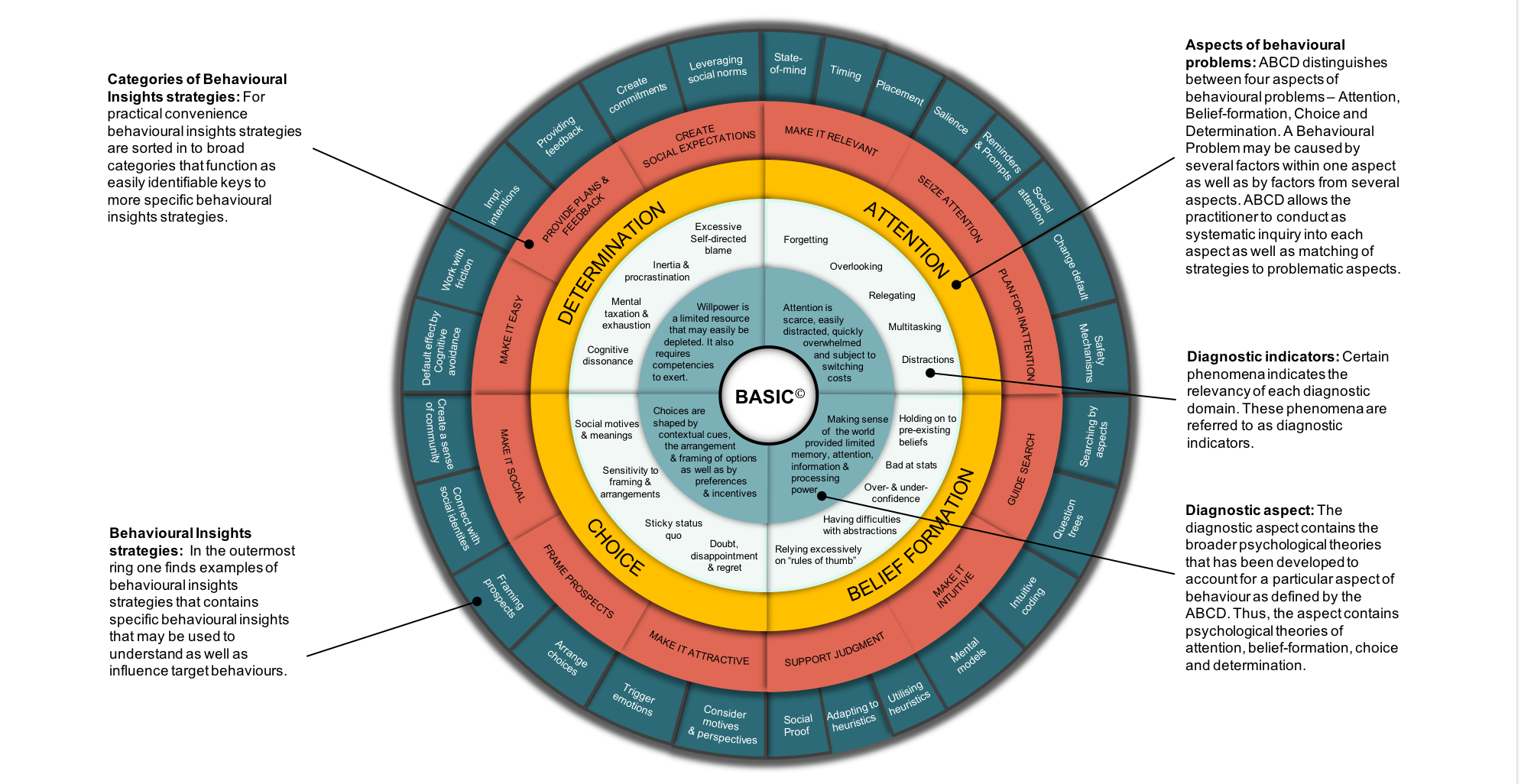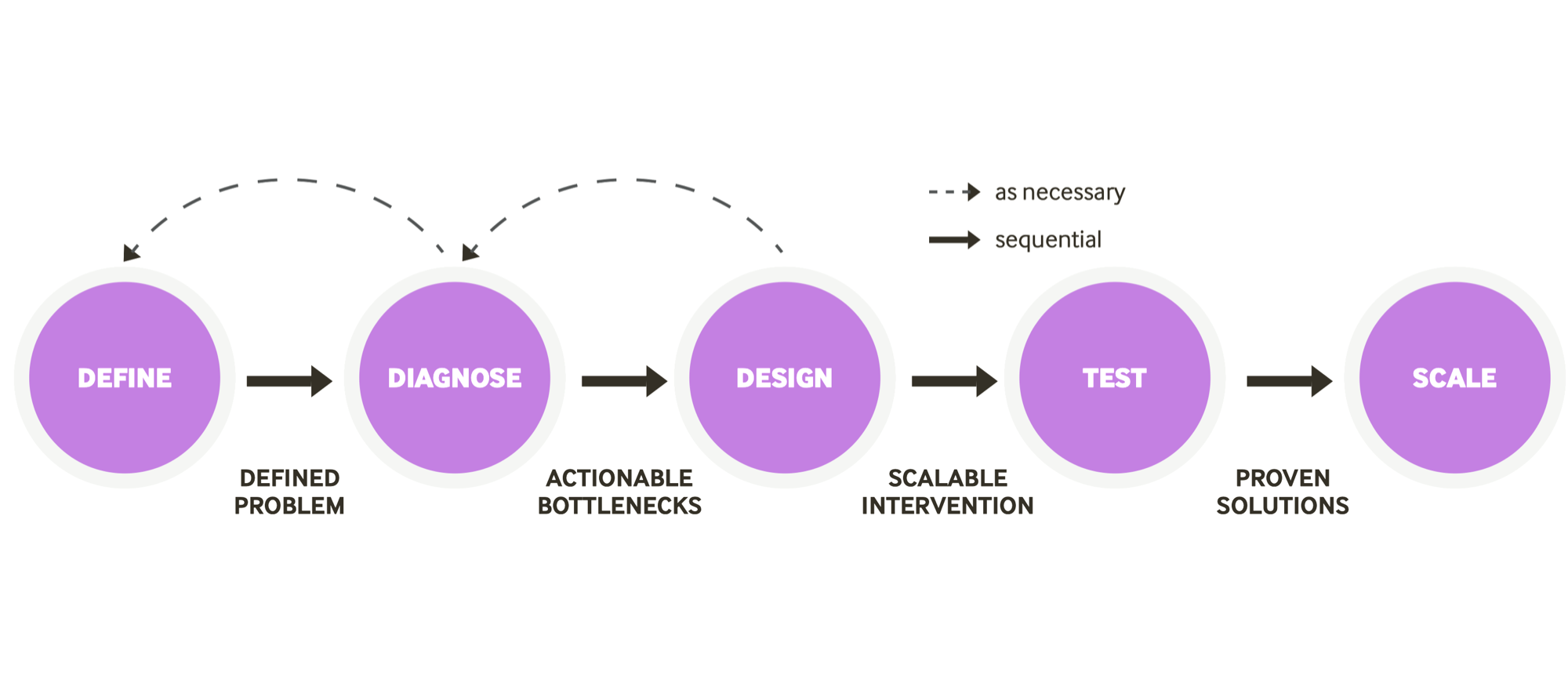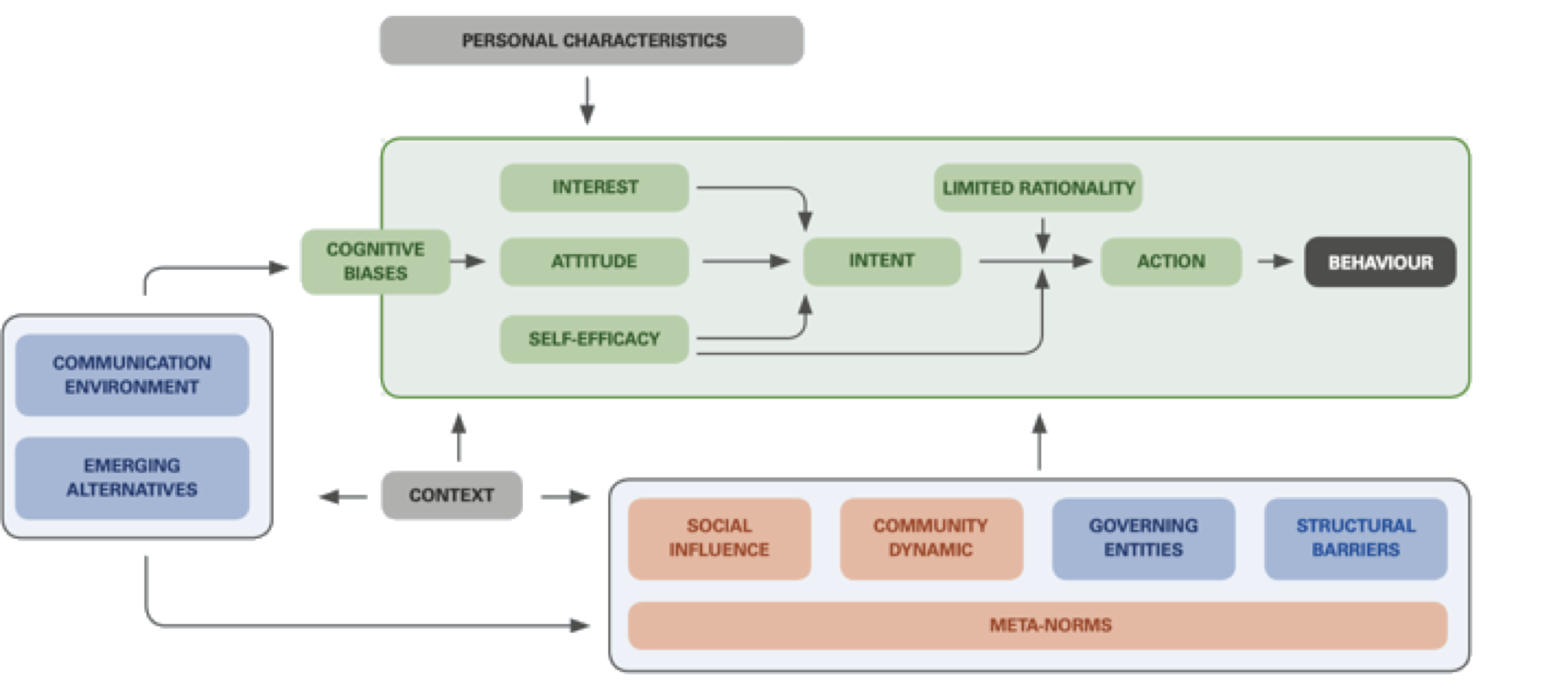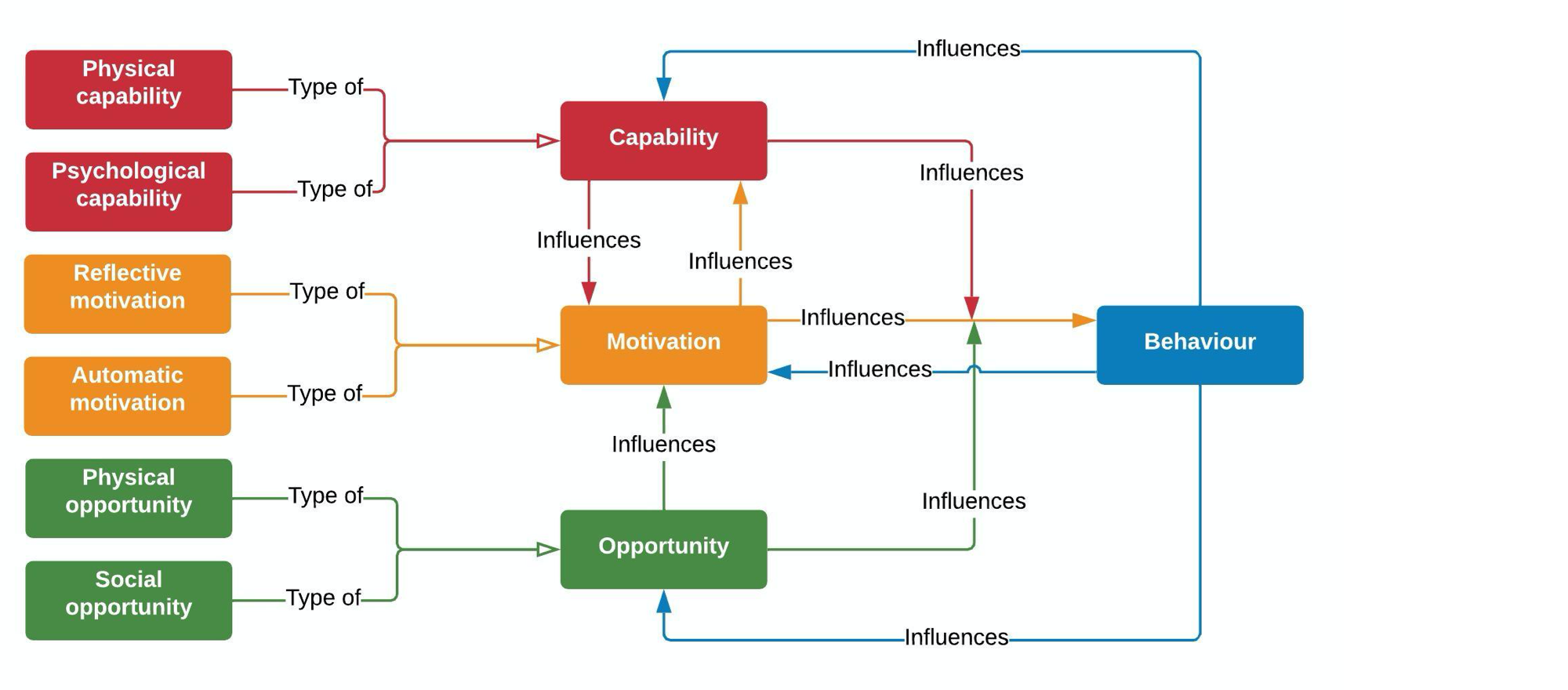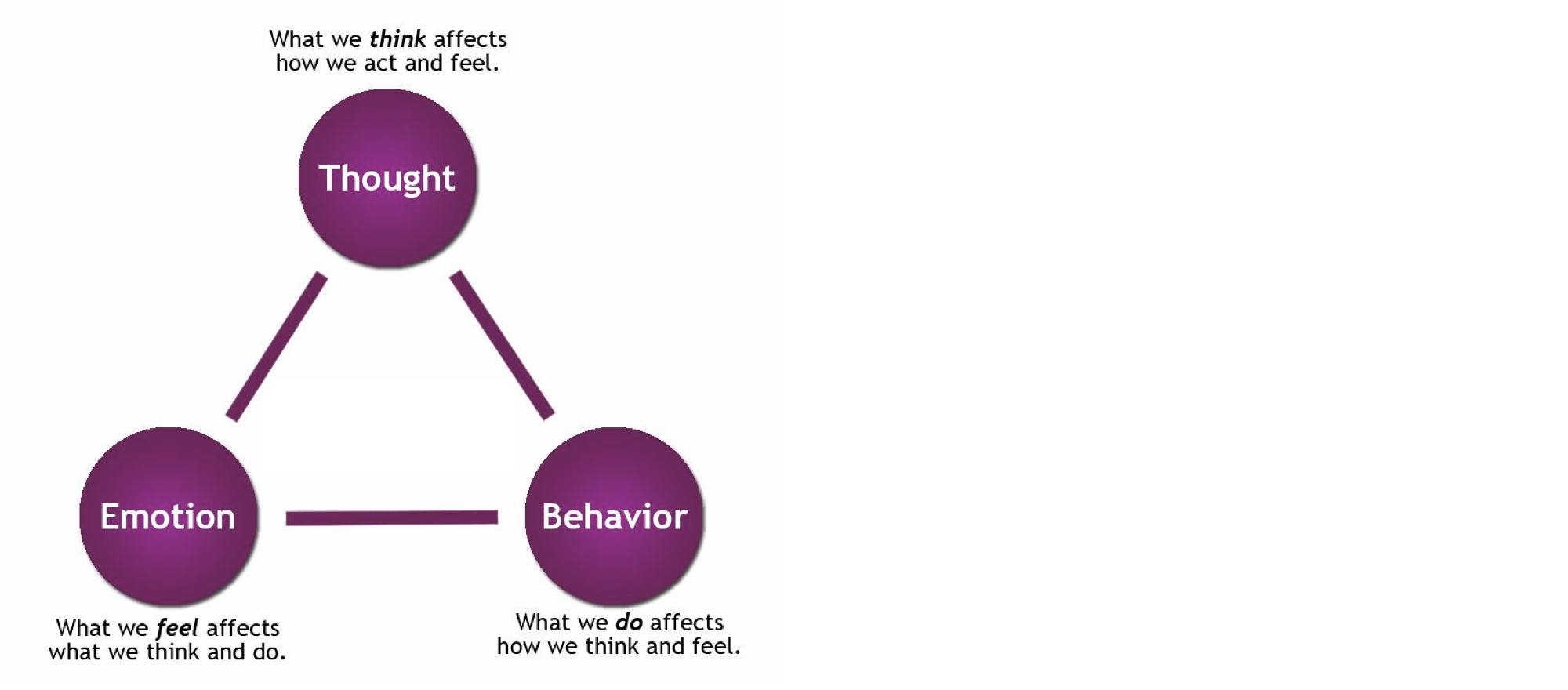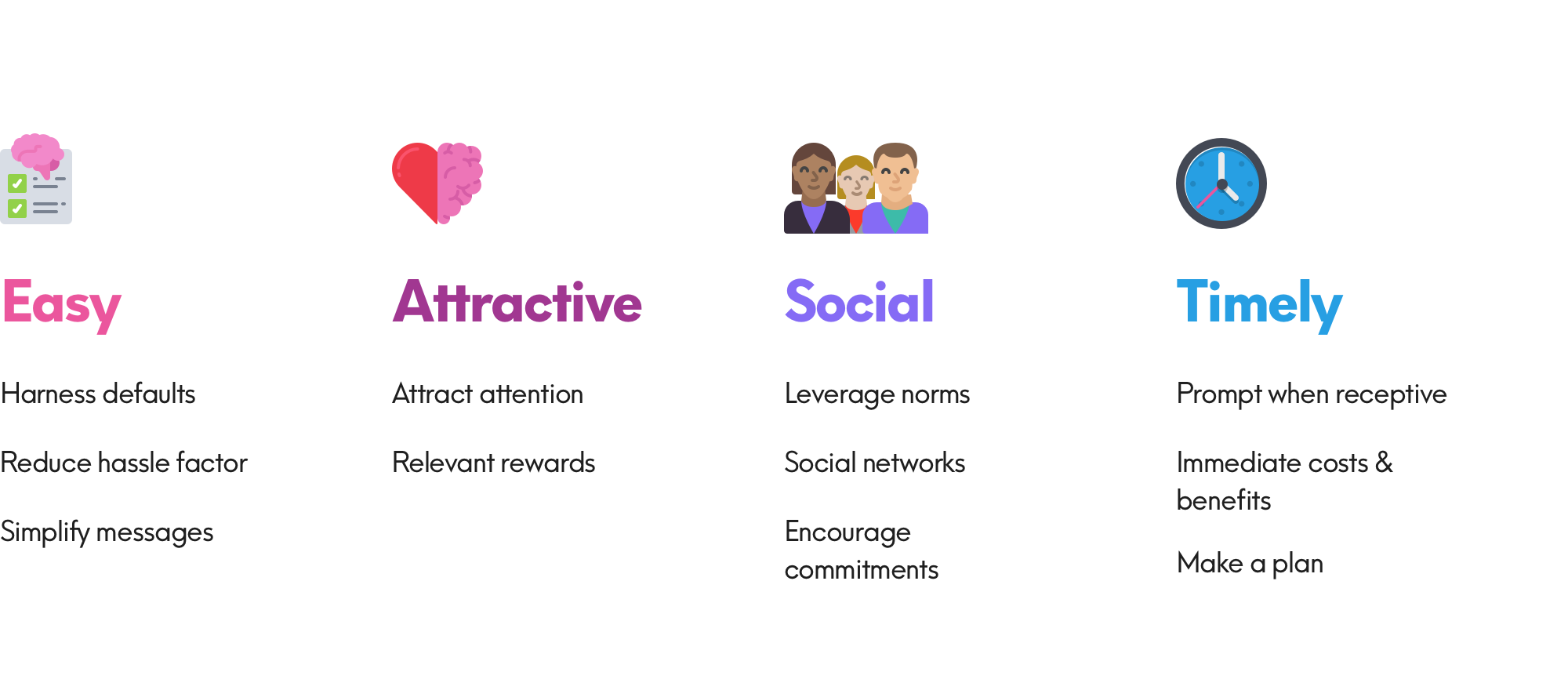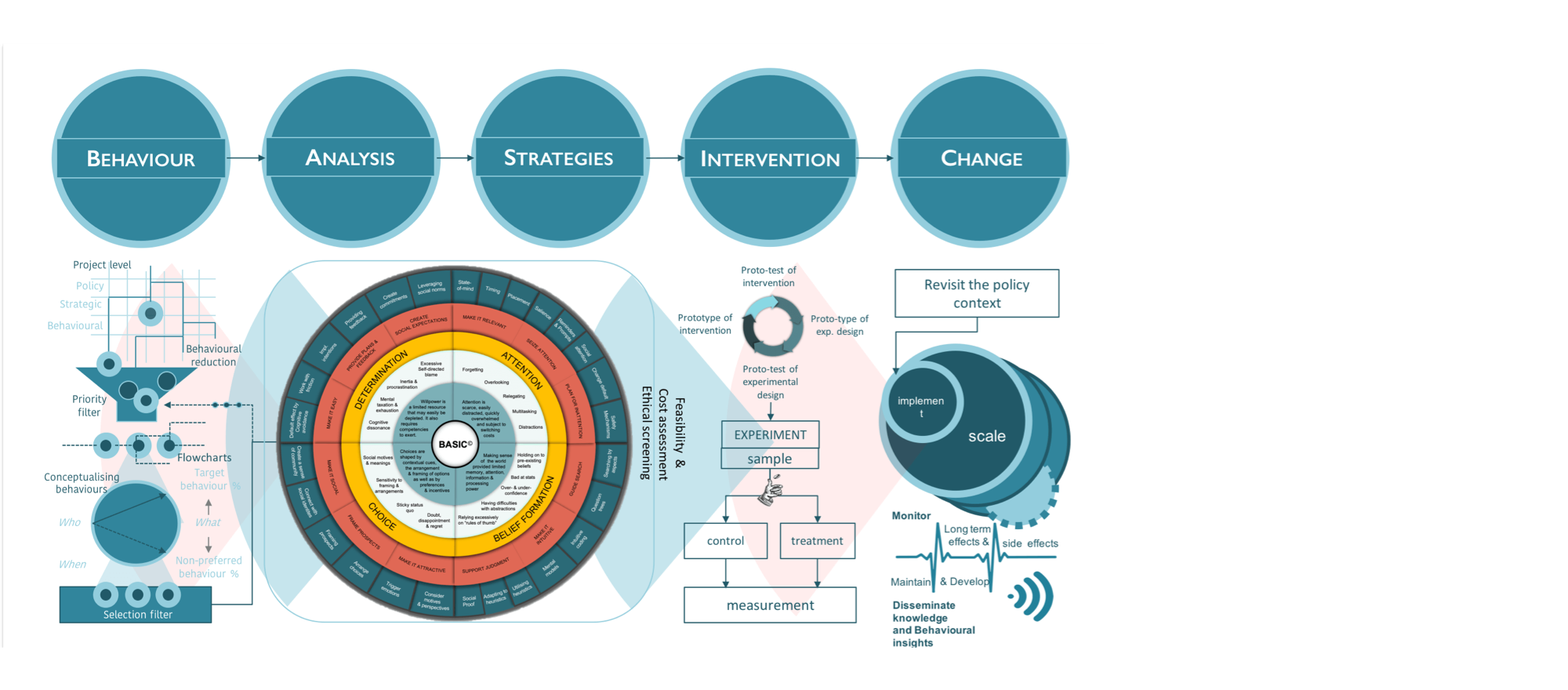
BASIC | Behavior, Analysis, Strategy, Intervention, Change(BASIC)
Behavior Design Process / Heuristics • 2018
OECD
The BASIC process is a design methodology primarily oriented at public policy use cases.
BASIC lists four essential risk areas around behavior change under the acronym ABCD.
- Attention: People have limited attention, and policy designers carefully design cues
- Belief formation: People leverage heuristics to assess a behavior's consequences, and often make incorrect assumptions
- Choice: People's choices are influenced by framing effects, social norms, and other contextual factors that often go unnoticed
- Determination: People have limited willpower, and often fail to follow through on their intentions
The framework itself is similar to the steps of most other design frameworks (e.g. the Stanford d School model and the ideas42 Behavior Design Model).
BASIC's essential steps are as follows:
- Behavior: Identify and target crucial behavioral aspects of the policy problem.
- Analysis: Scrutinize target behaviors through the lens of behavioural science.
- Strategy: Identify and conceptualize behaviorally informed policy solutions.
- Intervention: Design experiments to evaluate the effectiveness of the strategies.
- Change: Plan for implementation, scale, monitoring, evaluation, maintenance and dissemination of results.
